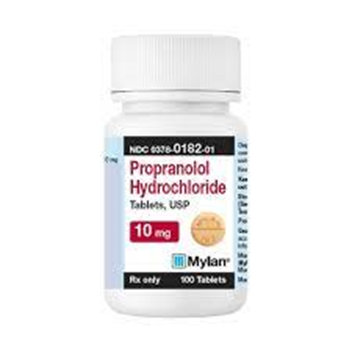An occupational health nurse is interpreting the results of a tuberculin skin test for a group of clients who received the test 48 hr ago. Which of the following clients should the nurse identify as having a positive test result?
A client whose injection site is scabbed
A client whose injection site is firm and measures 3 mm (0.1 in)
A client whose injection site has an elevated area measuring 15 mm (0.6 in)
A client whose injection site is ecchymotic
The Correct Answer is C
Choice A Reason:
A client whose injection site is scabbed is incorrect. Scabbing at the injection site does not provide information about the presence or absence of induration. It doesn't contribute to interpreting the test result directly.
Choice B Reason:
A client whose injection site is firm and measures 3 mm (0.1 in) is incorrect. A measurement of 3 mm of induration is generally considered a negative result for most individuals, including those without any risk factors for tuberculosis (TB).
Choice C Reason:
A client whose injection site has an elevated area measuring 15 mm (0.6 is correct. An area of induration measuring 15 mm or more is considered positive in individuals with no known risk factors for TB.
Choice D Reason:
A client whose injection site is ecchymotic is incorrect. Ecchymosis (bruising) at the injection site is not relevant to the interpretation of the tuberculin skin test. It does not contribute to determining a positive or negative result.
Nursing Test Bank
Naxlex Comprehensive Predictor Exams
Related Questions
Correct Answer is ["A","C","D"]
Explanation
Choice A Reason:
Maintaining skin integrity over the blisters is correct. Blisters form as a protective mechanism for the skin underneath. Popping or breaking blisters increases the risk of infection as it exposes the raw skin to bacteria and other contaminants.
Choice B Reason:
Applying ice to the larger blisters is incorrect.
Reason: Applying ice directly to a burn, especially to blisters, can further damage the skin and exacerbate the injury. Ice can cause additional skin damage and can potentially increase pain and delay healing.
Choice C Reason:
Administering ibuprofen for pain is correct. Ibuprofen is an effective over-the-counter pain reliever that can help manage the discomfort caused by a minor burn. It also has anti-inflammatory properties that can reduce swelling associated with burns.
Choice D Reason:
Running cool water over the affected area is correct. Running cool (not cold) water over the burn helps to cool down the burned area, soothes the pain, and helps prevent further damage to the skin. It's recommended to run water over the burn for around 10-15 minutes to effectively cool the area.
Choice E Reason:
Allowing the affected area to remain open to air is incorrect. Keeping a minor burn uncovered can increase the risk of infection as it exposes the burn to external contaminants. Covering the burn with a sterile, non-stick dressing can protect it from further damage and reduce the risk of infection.
Correct Answer is B
Explanation
Choice A Reason:
Requesting a dosage increase if the apical heart rate is less than 60/min is not necessary. Propranolol is used to lower heart rate in conditions like atrial fibrillation, so a heart rate below 60/min might be the desired effect of the medication.
Choice B Reason:
Withholding the medication if the systolic blood pressure is less than 90 mm Hg is necessary. Propranolol is a beta-blocker that can lower blood pressure. If the systolic blood pressure drops below 90 mm Hg, withholding the medication is necessary to prevent further lowering of blood pressure, which could lead to adverse effects like dizziness, fainting, or inadequate blood perfusion to vital organs.
Choice C Reason:
Administering the medication with an antacid might interfere with the absorption of propranolol, so they shouldn't be taken together unless instructed by the healthcare provider.
Choice D Reason:
Expecting increased hair growth is not an anticipated effect of propranolol. Hair growth is not a usual side effect associated with this medication.

Whether you are a student looking to ace your exams or a practicing nurse seeking to enhance your expertise , our nursing education contents will empower you with the confidence and competence to make a difference in the lives of patients and become a respected leader in the healthcare field.
Visit Naxlex, invest in your future and unlock endless possibilities with our unparalleled nursing education contents today
Report Wrong Answer on the Current Question
Do you disagree with the answer? If yes, what is your expected answer? Explain.
Kindly be descriptive with the issue you are facing.
